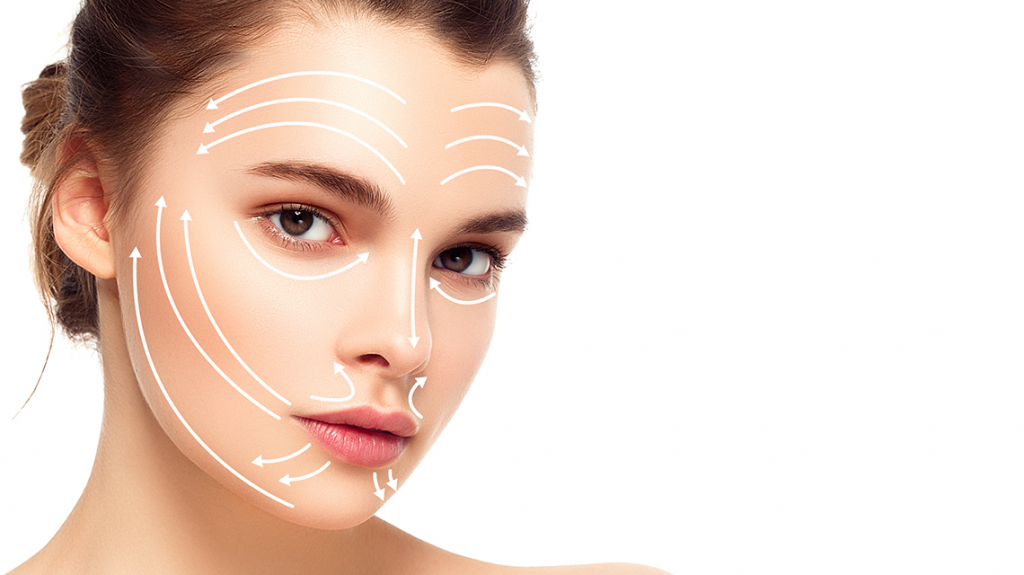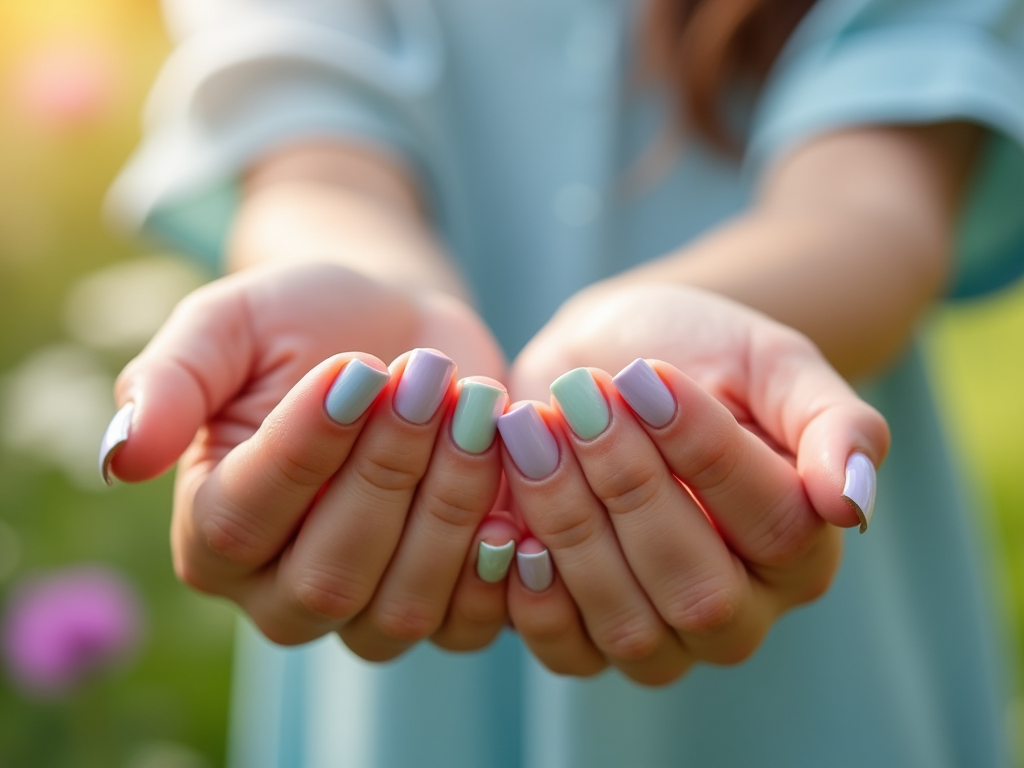Facial massage is more than just a skincare trend; it’s one of the best ways to improve your complexion, relax muscle tension, and feel more revitalized. Incorporating facial massaging into your daily routine can help stimulate blood circulation, boost lymphatic drainage, and encourage the relaxation of facial muscles, all of which contribute to a glowing, youthful appearance. This article provides a comprehensive guide on how to massage your face using effective massaging techniques that not only feel great but also offer a multitude of health benefits.
Preparing Your Space and Your Skin for Facial Massage
Before diving into the art of facial massaging, it is important to set the right atmosphere and prepare your skin. Choosing a calming environment will make the process more relaxing and enjoyable. Clean hands and a freshly cleansed face are essential to avoid transferring dirt and bacteria that could cause breakouts. When selecting your massage medium, consider oils or creams that suit your skin type, providing enough slip to avoid pulling the skin while also increasing hydration.
- Ensure the room is warm, quiet, and has soft lighting to create a soothing atmosphere.
- Wash your hands thoroughly with a gentle soap to ensure they are clean before touching your face.

Step-by-Step Guide to Massaging Your Face
Understanding the basic anatomy of facial muscles and applying pressure correctly is key to a beneficial facial massage. A gentle touch is sufficient—you should not be pulling or stretching the skin. Start from the neck area, which helps stimulate lymphatic drainage, then move on to the face using gentle and firm movements that will help increase blood flow and relax facial muscles.
Forehead and Temples
Begin with the forehead, using gentle horizontal strokes from the center outwards to smooth forehead lines. Moving to the temples, apply gentle pressure in circular motions. This action not only helps relieve tension headaches but also feels remarkably soothing.
Eye Area
Care must be taken around the delicate eye area. Using your ring fingers, perform gentle tapping around the eyes to reduce puffiness and dark circles. Slight pressure under the brow bone and following the top of the cheekbones can also help drain excess fluid.
Cheeks and Jawline
Applying gentle pressure in upward strokes along the cheeks will stimulate the muscles and helps keep the skin firm. Defining the jawline involves gently moving along the contour of the jaw with a firmer pressure, helping to sculpt the area and improve muscle tone.
Nose and Lips
This often-neglected area can also benefit from facial massage. Use small circular motions on the bridge of your nose to clear sinuses. Then, softly trace around the lips to increase circulation and reduce the appearance of fine lines.

Incorporating Tools and Advanced Techniques
Advanced facial massage techniques can include tools such as facial rollers and Gua Sha stones, which allow for deeper massage effects without applying too much force. These tools are designed to glide smoothly over the face, helping to firm skin, promote blood circulation, and provide a more relaxing experience.
| Tool | Benefit | Technique |
|---|---|---|
| Facial Roller | Improves circulation, reduces puffiness | Glide upwards in long strokes |
| Gua Sha Stone | Enhances lymphatic drainage, contours face | Scrape gently in an upward-and-outward motion |
Safety Tips and Best Practices in Facial Massage
While facial massaging can be incredibly beneficial, there are safety tips and best practices one should always adhere to. Avoiding excessive force is crucial as applying too much pressure could cause bruising or irritation. Additionally, there are certain conditions, like severe acne or rosacea, where massaging might not be advisable. Consulting with a skincare professional or massage therapist is recommended for cases with specific concerns.
Maintenance and Frequency: Making Facial Massage a Habit
To see good results from facial massage, make it a regular part of your skincare regimen. Begin by incorporating it into your routine two to three times a week, observing how your skin responds. Consistency is key, and over time, you will find that your skin looks more radiant and feels better.

Conclusion
Facial massage is a practice that dates back centuries and remains one of the most effective natural treatments to maintain a youthful, healthy complexion. It not only feels good but with regular practice, it also helps improve skin tone, reduces the appearance of fine lines, and helps keep the skin looking bright and tight. By following the techniques outlined above and listening to your body, you can experience the full array of benefits facial massage has to offer.
FAQs
Q1: Can facial massage improve skin health?
A1: Absolutely. Facial massage can enhance skin health by increasing blood flow, promoting lymphatic drainage, and helping to reduce facial muscle tension, resulting in a more radiant and youthful complexion.
Q2: How long should a facial massage session last?
A2: A typical facial massage can last from 5 to 20 minutes. The duration can be adjusted depending on your time availability and whether it’s a quick morning routine or a more leisurely session before bed.
Q3: Are there any side effects to facial massage?
A3: Facial massage is generally safe, but it might have temporary side effects like redness or sensitivity due to increased circulation, especially if excessive pressure is applied or the skin isn’t properly cleansed.
Q4: Do I need to use a specific type of oil or cream for facial massage?
A4: You should use a product that provides enough slip and is suited to your skin type for the massage. Your choice of product—whether oil, serum, or cream—will depend on personal preferences and skin care needs.
Q5: Is facial massage suitable for all skin types?
A5: Facial massage can be beneficial for most skin types if performed correctly, using lighter pressure and suitable products. Individuals with certain skin conditions should consult with a dermatologist prior to beginning a facial massage routine.



